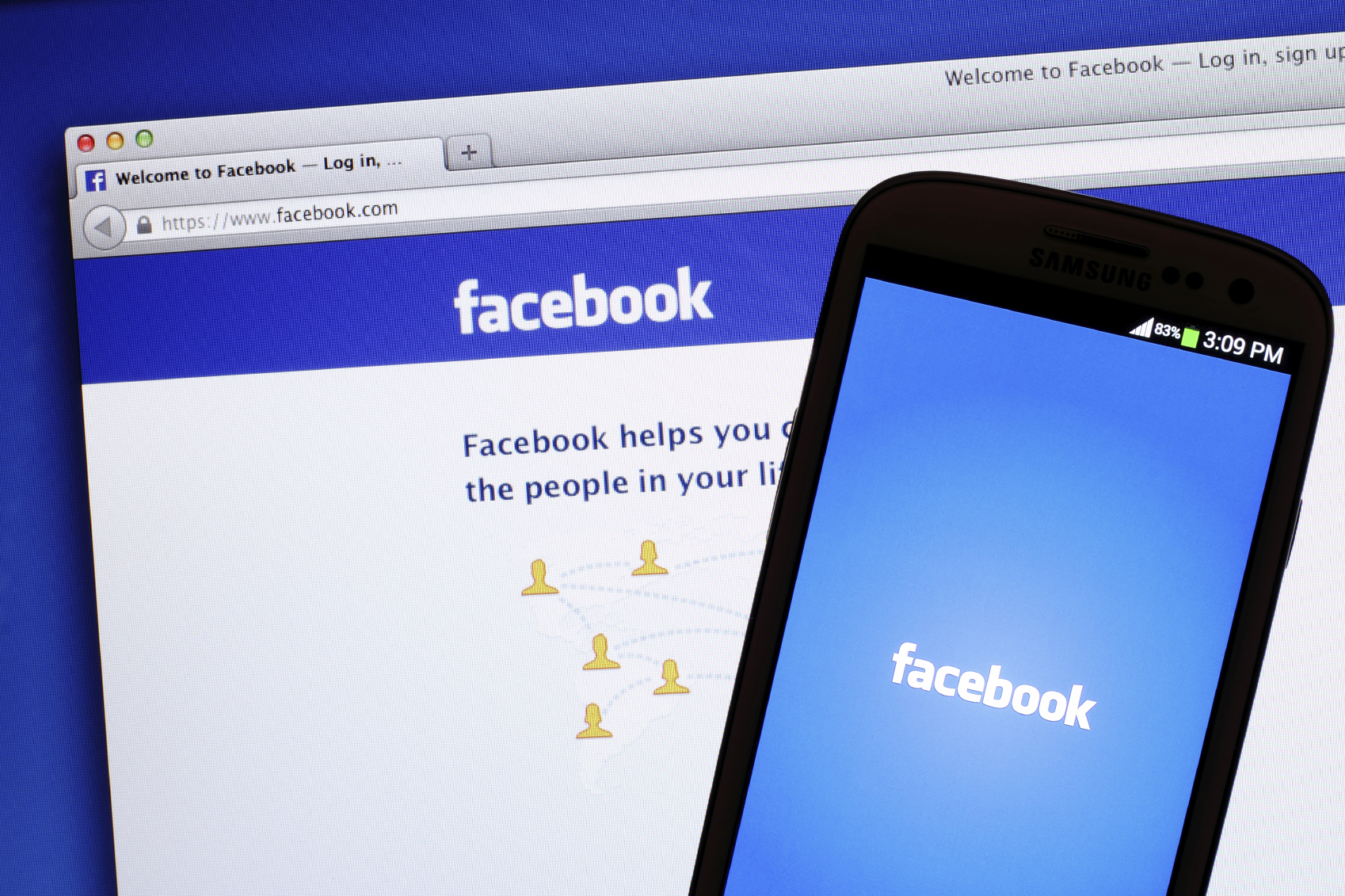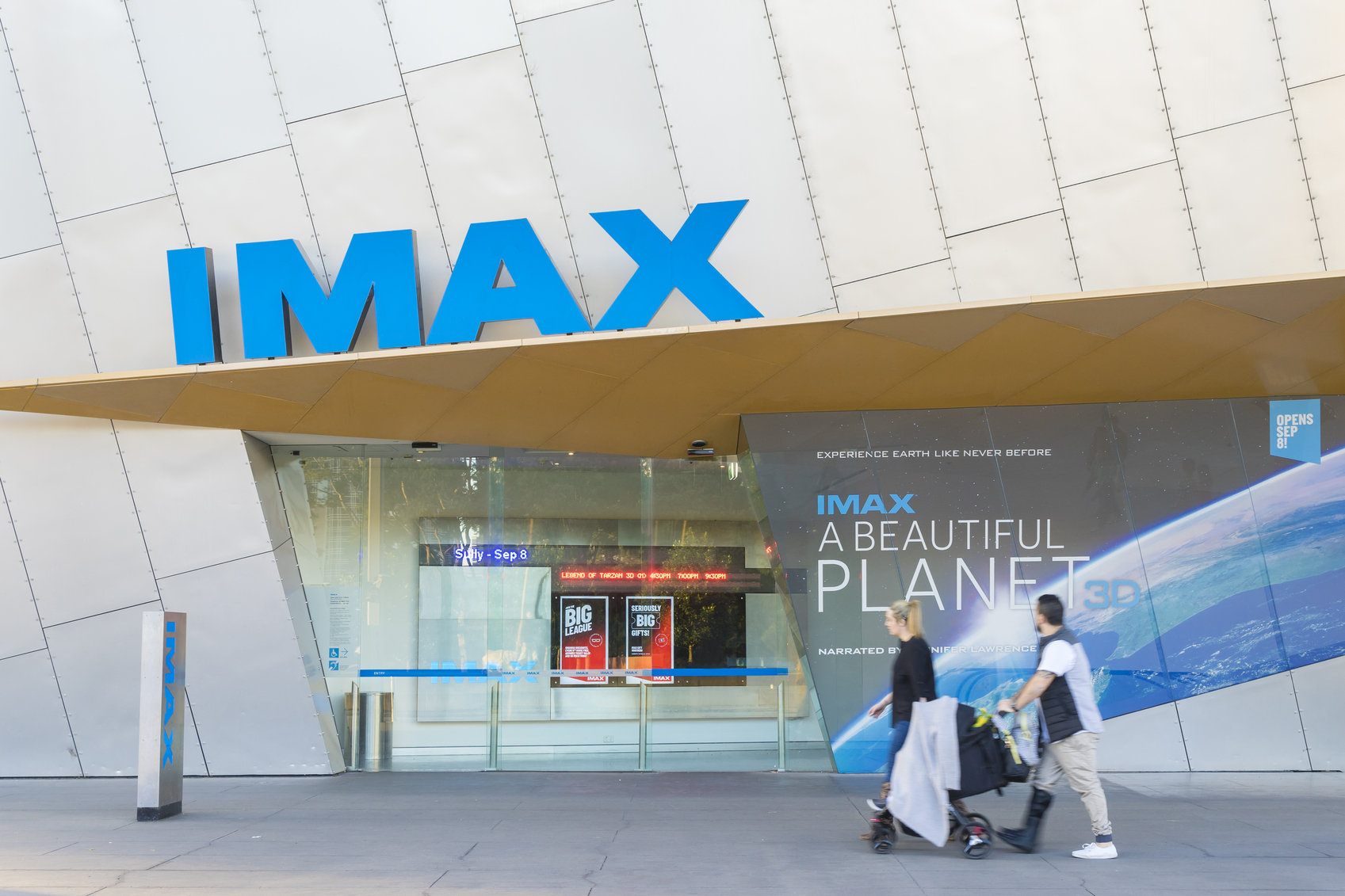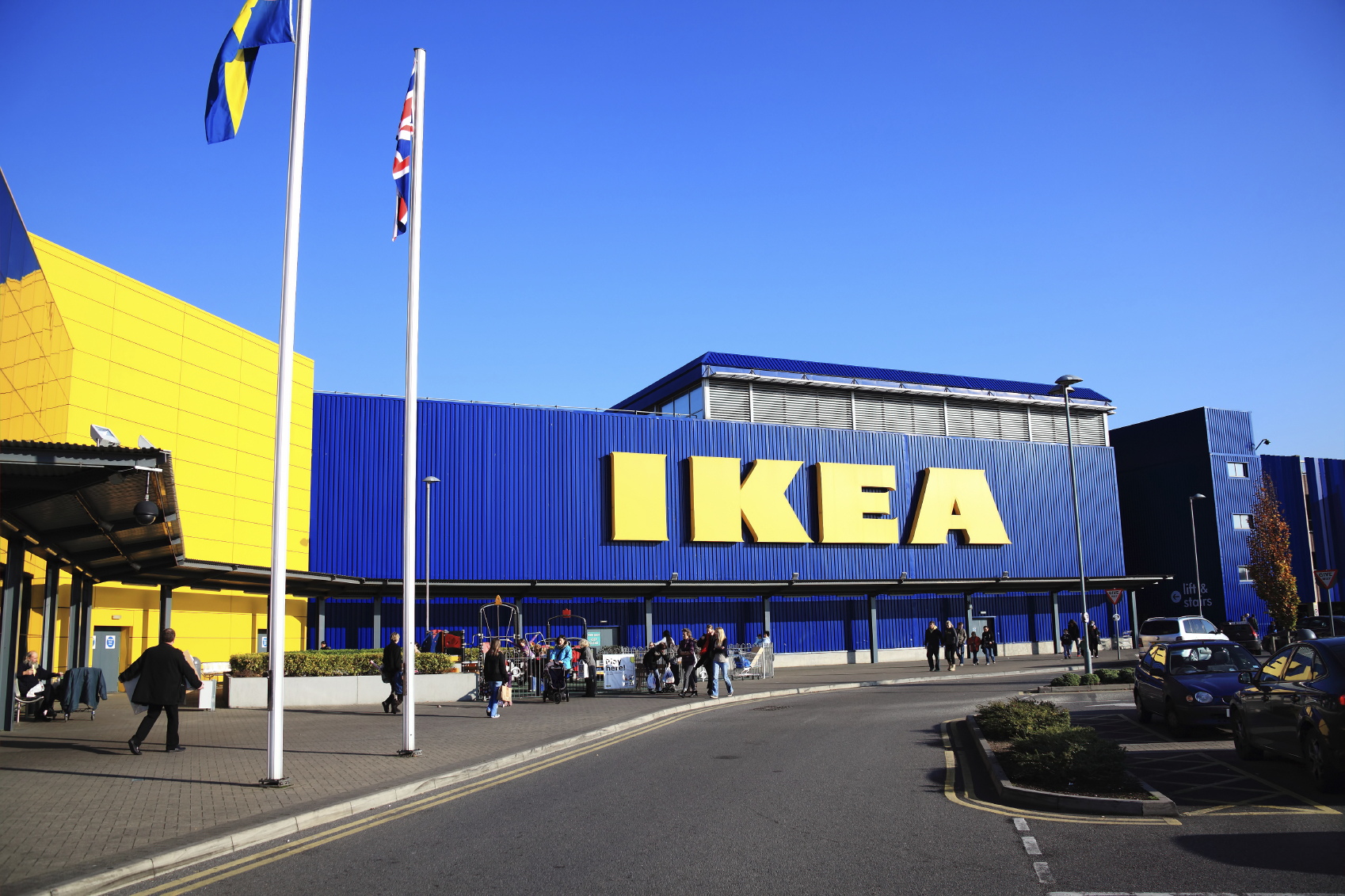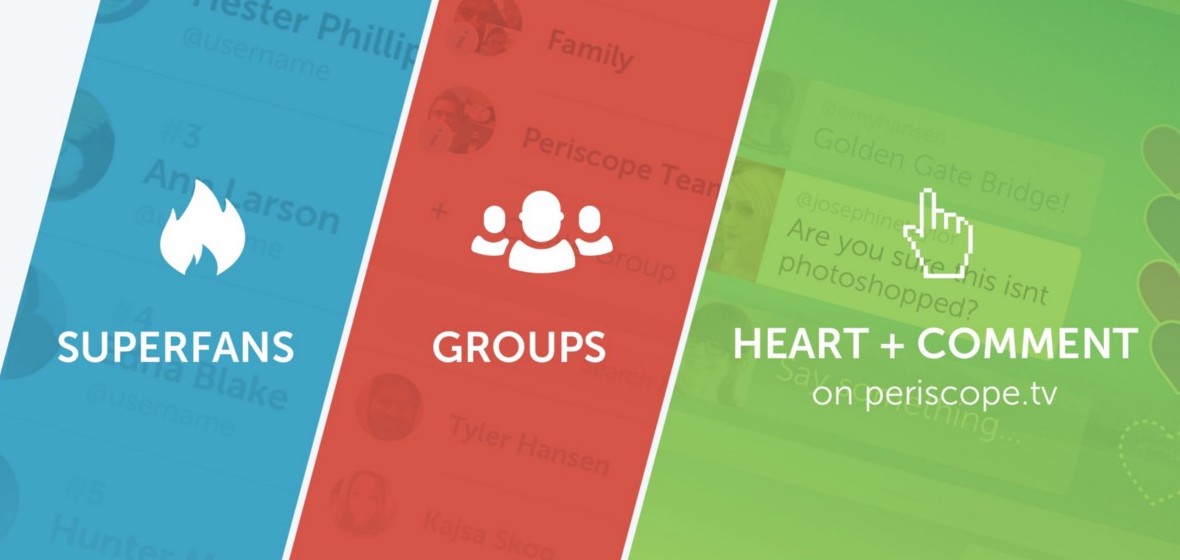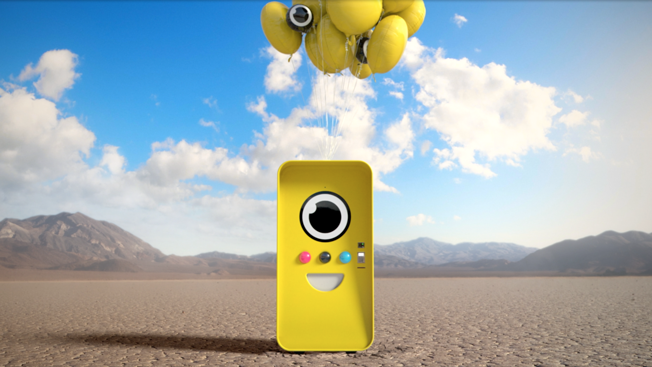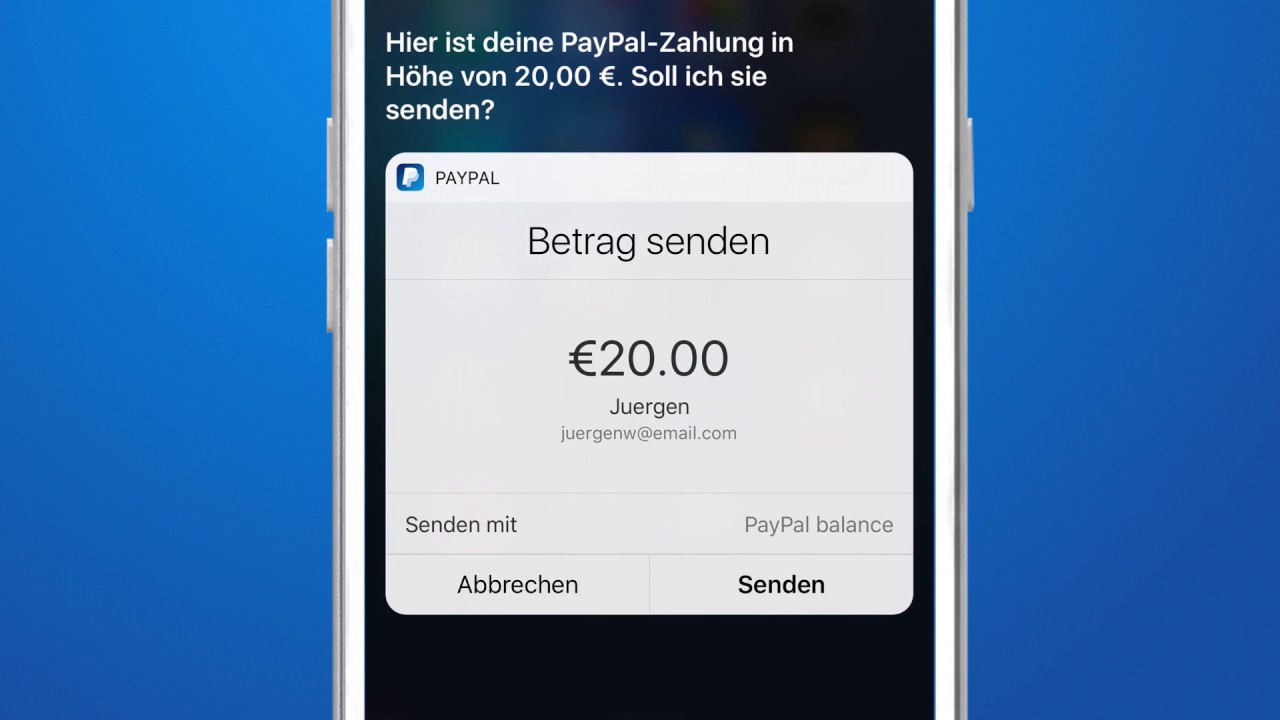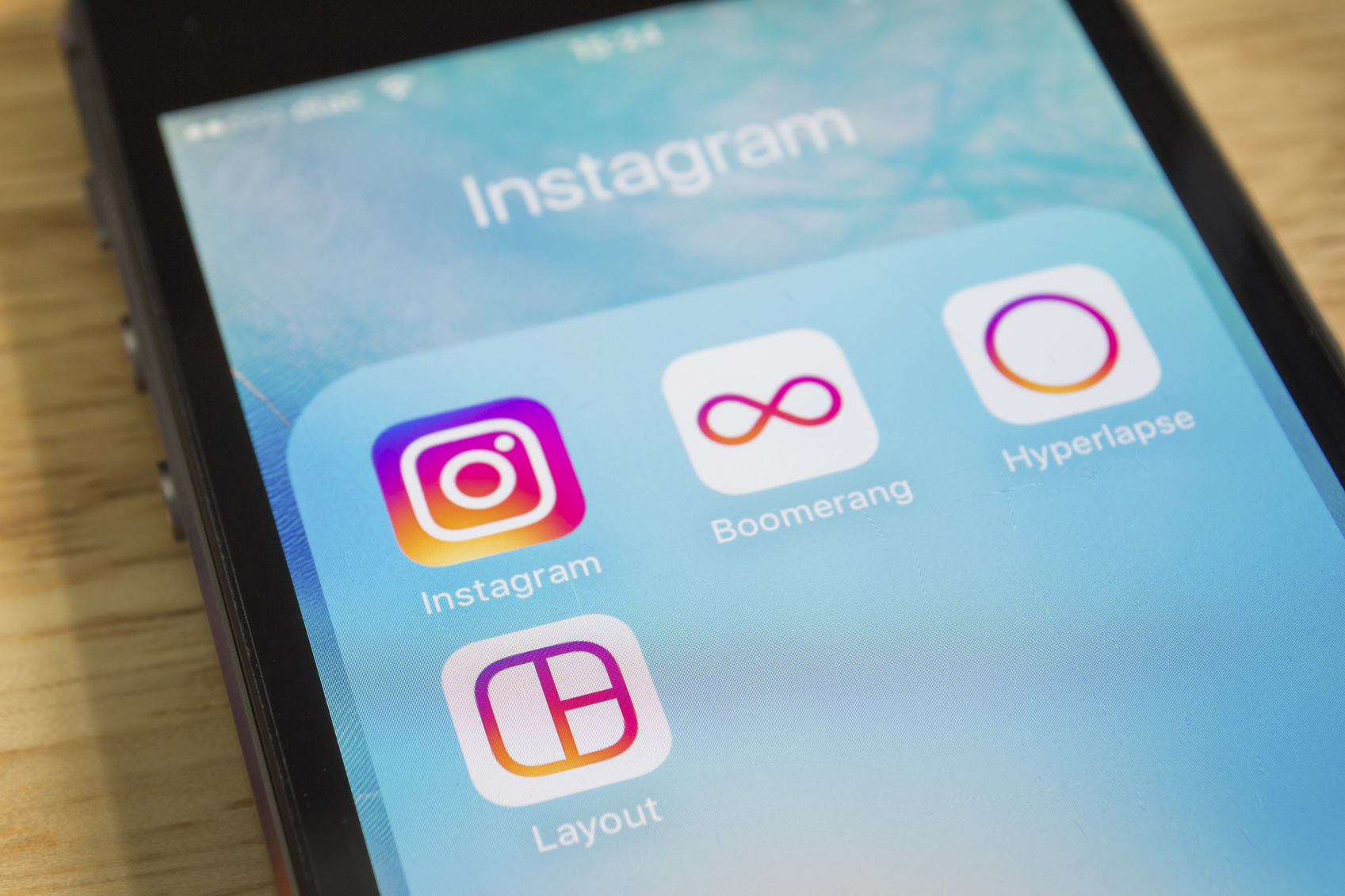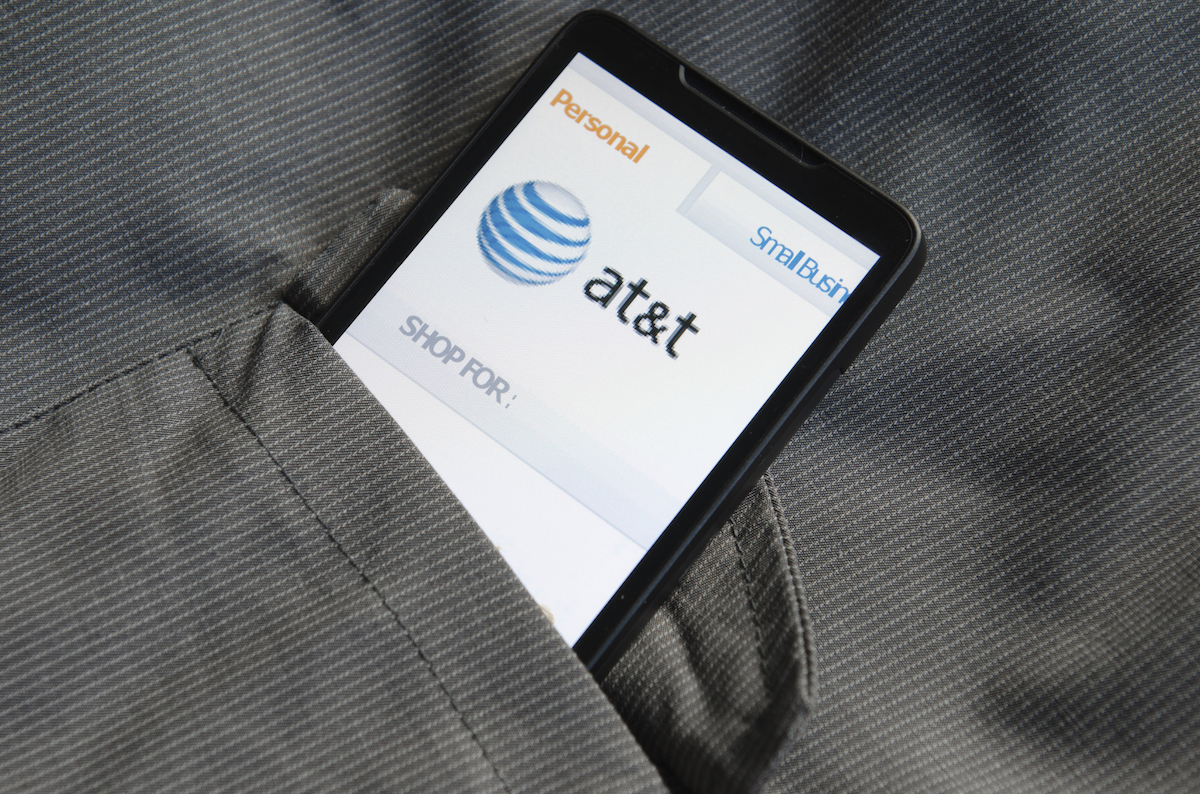What Happened
Facebook is introducing a first-party analytics tool for bots within its Facebook Analytics for Apps dashboard to help developers and brands better track the performance of their Messenger chatbots. The new analytic tool will provide detailed information about user interactions with the bots, such as the number of messages sent and received, the number of blocked messages, and the number of users who engage with a bot but are later transferred to a human agent. In addition, Facebook is also opening its developer program FbStart to bot developers to give them access to tools like Facebook ads credits and other tools from third-party partners such as Dropbox or Stripe for their bot campaigns.
What Brands Should Do
In combination with News Feed ads for bots that became available last week, this new analytics tool allows brands making Messenger bots to track and target users based on demographic metrics and locations. With over 34,000 developers having made Messenger bots since the platform launched in April, it is imperative that brands should leverage the available Messenger tools to effectively reach their desired audience and track user activities to optimize their bots.
The Lab has extensive knowledge about building chatbots. If you’re interested in reaching your audience on messaging apps and better serving them with a chatbot, please contact our Client Services Director Samantha Holland ([email protected]) for more information or to schedule a visit to the Lab.
Source: TechCrunch
